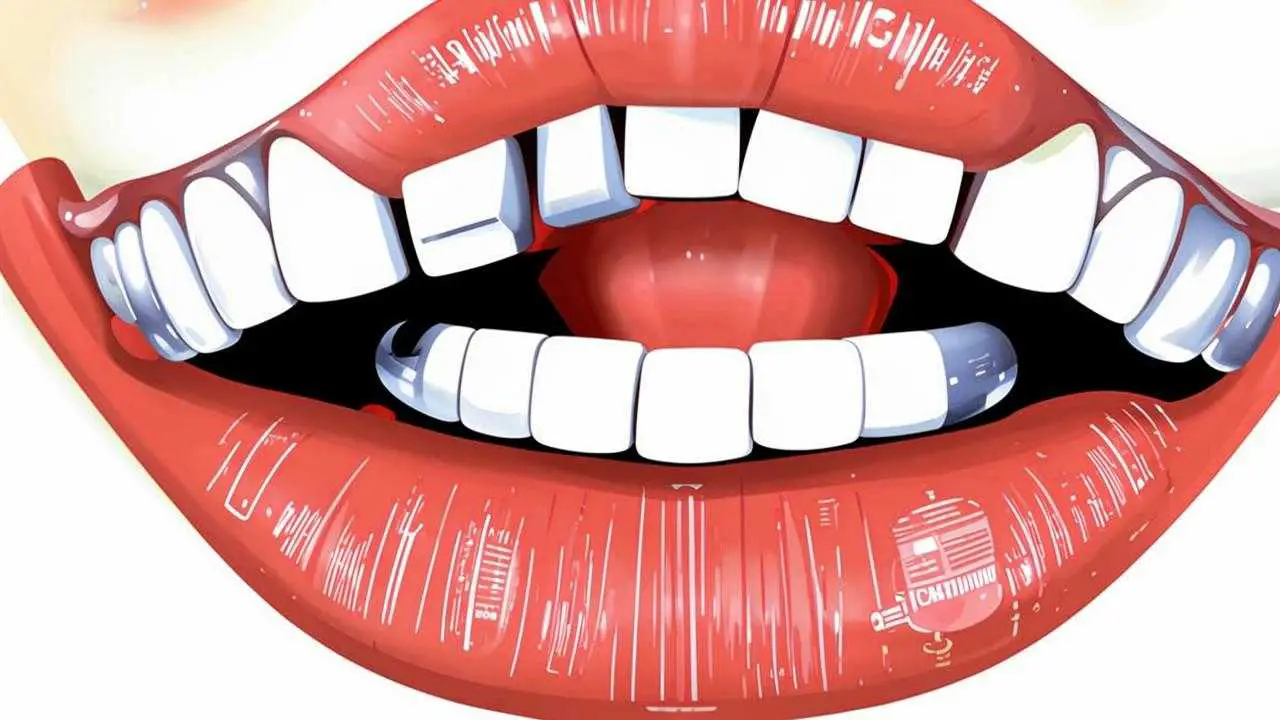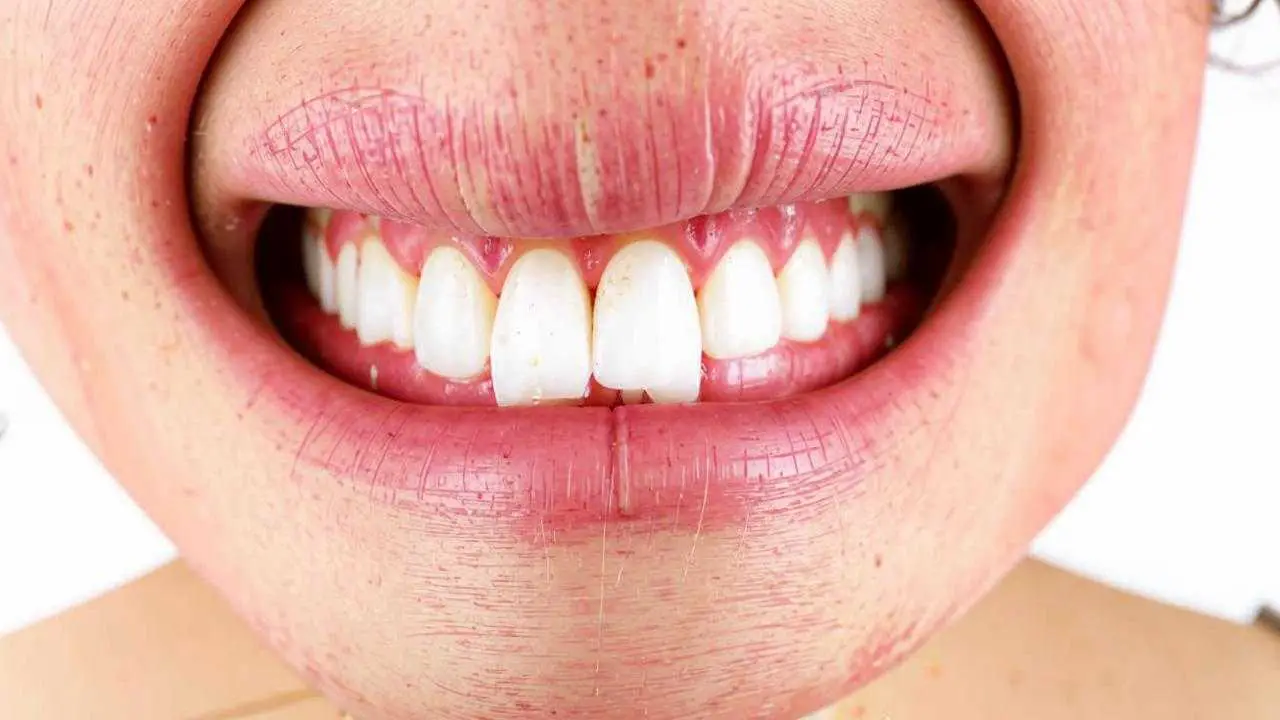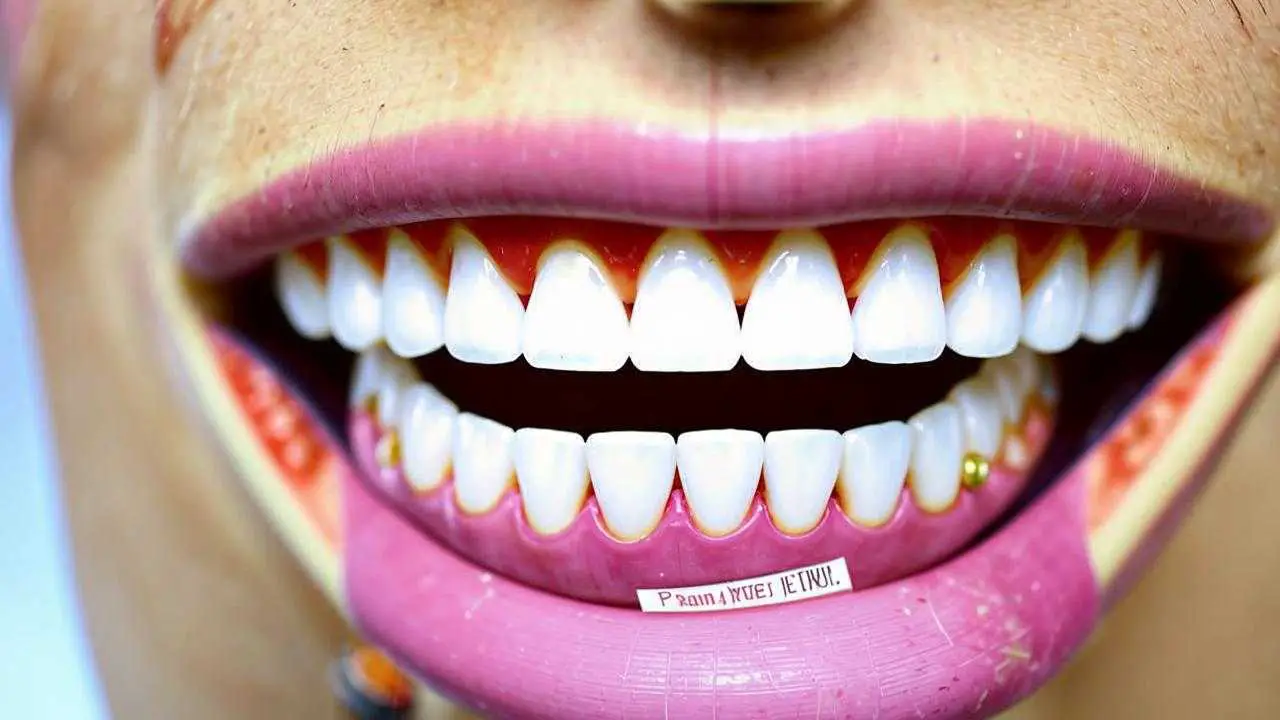All of us at least once in our lives have had unpleasant sensations in the mouth. On examination, there were visible spots, so characteristic that it was immediately clear – stomatitis. Such inflammation of the mucosa, which captures the lips, tongue, gums. Although stomatitis in adults is less common than in children, the problem is widespread, .
Symptoms of stomatitis
When stomatitis manifests itself as an independent disease, it is called primary. And secondary is a symptom of another pathology.
Manifestations of the disease depends on the type and severity, but all inflammations are characterized by signs of the following syndrome: reddening of the mucosa in one or more places: on the cheeks, under the tongue and on it, on the gums. Then the area of redness swells, darkens, covered with whitish plaque. Pain appears, which increases during eating and drinking. Quite quickly, the spot turns into an aphtha (ulcer), covered with grayish (fibrinous) plaque. If it is scraped off, the aphtha begins to bleed.
If you do not start treatment at this stage – an infiltrate is formed (a mixture of intercellular fluid, blood, lymph), there are unpleasant sensations in the mouth, burning, tingling. The mouth smells bad, a lot of saliva is secreted. The patient is painful to eat. General weakness increases, the temperature rises, sometimes strongly.
In this case, treatment should begin as soon as possible. If this is not done, ulcers will develop, penetrating the entire thickness of the tissue, inflammation will seize the lymph nodes.
Types of stomatitis
The variety of inflammation of the oral mucosa is so great that it was necessary to create a qualification for different signs.
The degree of lesion of the mucosa is defined as:
- Superficial, with them the lesion does not affect the deep layers. Such inflammations include catarrhal, aphthous, fibrous stomatitis.
- Deep, in which the disease penetrates deeply into the tissue, characterized by necrotic skin lesions and ulcers.
The causes of occurrence are divided into:
- Traumatic types of inflammation include mechanical and chemical ones
- Infectious (viral, bacterial, fungal, specific)
- Symptomatic, inflammation that is not a separate disease, but indicates the presence of a problem. These are the so-called secondary stomatitis.
The nature of the course is diagnosed as:
- Acute, develops quickly, the symptoms are well pronounced
- Subacute, develops not so quickly, the symptoms are more blurred
- Recurrent, regularly recurring. Symptomatology depends on the specific case.
Fungal stomatitis
Candidiasis is a fungal infection that usually develops against the background of a general decrease in immunity. This can be the result of illness, taking antibiotics, birth control, hormonal imbalance in pregnancy. Removable dentures, which are often touched with hands, also provoke candidiasis. The causative agent is the yeast-like fungus candida.
Candidiasis stomatitis in adults and children is manifested by the formation of white plaque on the palate, gums, tongue. When trying to remove it, the tissues begin to bleed. Common complaints are:
- Unpleasant taste;
- dry mouth;
- burning.
Treatment consists in stimulating the immune system, eliminating the cause of the disease, oral hygiene. Patients are prescribed immunostimulants, antiseptic rinses, multivitamins. Sometimes, antifungal ointments are applied under the gums.
To get rid of foci of infection, sanitation of the oral cavity is carried out.
Viral stomatitis
The cause of stomatitis on the lip, gums, cheeks is often the herpes virus. He causes herpetic stomatitis. In the people it is called herpes stomatitis. The virus is transmitted from a sick person. The primary infection occurs in childhood. Then the child becomes an asymptomatic carrier or suffers relapses.
In a mild form against the background of a slight redness, rashes of vesicles, aphthae develop, the size of 1-5 mm. After 4-5 days, everything goes away.
If the case is severe, the temperature may rise. Signs of intoxication are observed: nausea, vomiting. Lymph nodes increase. Erosions are numerous, they merge together, causing pain. Although the prognosis is favorable, it is difficult to predict how long the process will last. Unpleasant symptoms last 2-3 weeks.
To accelerate the recovery process and prevent complications, antiviral drugs, antihistamines, vitamins are prescribed. Local therapy includes rinses with decoctions (chamomile, sage) and antiseptics (chlorhexidine, furacilin).
Physical therapy helps well: laser and ultraviolet irradiation.
Bacterial stomatitis
Developed in cases where the body can not resist bacterial attack. In such cases, it is easy to get a bacterial infection. Development often occurs against the background of sore throat, pharyngitis, tonsillitis, rheumatism. Unpleasant breath odor is characteristic,
First of all, antibacterial tablets are prescribed. Locally treated with antiseptic, make applications of ointments, gel. Often, with stomatitis prescribed throat rinses with antiseptic solutions, treatment with lugol.
Aphthous stomatitis
This is stomatitis, in which ulcers (aphthae) are formed. In neglected cases, it turns into ulcerative, when ulcers are no longer superficial, but deep, affecting all layers of mucosa and tissue under it.
The acute form develops quickly, but passes rather quickly. Recurrent aphthous stomatitis (RAS) occurs against the background of diseases of the immune system, intestine, nutrient deficiency. Often turns into chronic stomatitis (CPAS).
Aphthae are always clearly delineated, not more than 1 cm in diameter. First appears a red spot of round or oval shape, then it begins to protrude above the mucosa, covered with grayish plaque. Then an infiltrate is formed at the base. It is filled with necrotic masses. After 3-4 days, the aphtha opens, purulent secretion comes out, leaving a red spot, which quickly disappears. Then the aphtha appears in a new place and everything repeats.
Treatment of ulcerative stomatitis is prolonged, primarily aimed at diagnosis and treatment of general diseases, sanitation of the oral cavity. Apply applications, rinses with antiseptics, physical therapy, prescribe vitamin complexes.
Traumatic stomatitis
Develops when the mucous membrane is damaged by mechanical, physical or chemical factors.
Acute is rare, with damage to the mucosa during prosthetics, eating, an attack of epilepsy.
В 65-70%[1] cases of mechanical stomatitis is the cause of unfair prosthetic treatment. Prosthetic stomatitis is common in the elderly. They have lower body resistance, and they resort to prosthetics more often. Often, traumatic stomatitis occurs after tooth extraction, because in this case there is a high probability of damage to the mucosa.
Before starting treatment, it is necessary to eliminate the irritant. For example, braces are treated with wax, so that there are no sharp corners. The protruding filling is ground. Then, the dentist treats ulcers with antiseptic, makes local applications of anesthetic and keratoplastic means (vitamin A, E, methyluracil, rosehip oil, sea buckthorn).
Occurs in contact with alkalis and acids of high concentration. For example, in the treatment of folk remedies, patients apply aspirin, analgin, alcohol tinctures to the tooth. Sometimes, by mistake, solutions of household chemicals get into the mouth.
The main treatment is prolonged rinsing with water, anesthesia and the use of means for rapid tissue repair (keratoplastic preparations).
Causes very hot food, steam, fire. In mild burns, the same methods are used as in chemical stomatitis. In severe cases, inpatient treatment is necessary.
Allergic stomatitis
Any allergic reaction comes in either:
- Immediate type: Quincke’s edema, anaphylactic shock, urticaria
These are manifestations of a general character.
- Delayed type. These include allergic stomatitis: drug and contact stomatitis.
According to the degree of reaction, they are:
- catarrhal (mild form);
- erosive;
- ulcerative-necrotic.
Treatment depends on the degree of severity, but always begins with the withdrawal of the drug that caused the reaction. In the case of prosthetics, change the material from which the structure is made. Often allergic reactions are caused by acrylic – the most common material for removable prostheses.
Angular stomatitis
Surely everyone has had at least once in their life, at least once. The medical name for cracks in the corners of the lips is angular stomatitis. The main cause: iron deficiency and vitamin deficiency. Canker sores provoke some medications, allergic reactions, fungal infections, dysbacteriosis, bacteria.
Treatment consists of eliminating the causes: antimicrobial and antifungal therapy, a course of multivitamins, iron preparations. It is recommended to ointment aches anti-inflammatory ointments. In allergic manifestations – exclude the allergen, prescribe antihistamines.
Treatment of stomatitis with folk remedies
Means for the treatment of ulcers on the mucosa, were used at home for centuries. Decoctions of chamomile and sage, solutions of baking soda relieve symptoms. Alas, they do not eliminate the cause. Moreover, the temporary effect masks the problem, patients do not consult a doctor until the disease reaches a severe stage.
What to treat stomatitis in adults and children tips are many. The only question is whether they are all effective. Okay, if the substance is neutral, but some recommendations are simply dangerous. From site to site kochuets advice to grind 3 cloves of garlic and keep in the mouth as a remedy for stomatitis on the gum. It is not known what type of inflammation there was before this treatment, but after it, the diagnosis of “traumatic stomatitis” is assured.
To eliminate the causes, correct diagnosis is of great importance, and it is possible only in the clinic. The doctor can direct to tests, histology, and visually it is easier for him to determine the type of stomatitis than a person without special education.
Drugs for the treatment of stomatitis
The main goal of medical intervention is to prevent the transition of inflammation into a chronic form and prevent the spread of ulcers throughout the mucosa.
Effective treatment of stomatitis in the mouth begins with a diagnosis and the development of an intervention plan. It necessarily includes professional teeth cleaning. Dental plaque and calculus are breeding grounds for bacteria. They must be gotten rid of first.
Quickly cure stomatitis on the tongue or on the palate will help complex therapy: a combination of local and general treatment.
- For anesthesia, solutions of novocaine and lidocaine are used
- For disinfection, the mucosa is treated with antiseptics: chlorhexidine, furacilin, dimexin.
- To accelerate healing apply sea buckthorn oil, rosehip oil, solutions of vitamins A and E
- Tavegil, Dimedrol, Suprastin and other antihistamines help to suppress allergy attacks.
- Antifungal therapy includes Nystatin, Diflucan.
- Antiviral drugs – from Anaferon to Valtrex.
- Combined drugs have antiseptic, antimicrobial, anti-inflammatory action. These include Hexadise, Stomadine, Septogal Propasol-N, Dologel ST ointment for stomatitis.
- General tonic substances: Polyoxidonium, Eplir, vitamin complexes.
Medication for stomatitis should be selected by a doctor. Self-medication can lead to severe consequences: paradontitis, otitis media, other general infections.
Prevention
Oral care is the main prevention of inflammation. Brush your teeth regularly, floss, visit the dentist 2 times a year – tips are simple, but they allow you to avoid many troubles. General health, rational nutrition, reasonable physical activity are of great importance.
[1] Source: http://stgmu.ru/userfiles/depts/therapeutic_dentistry/Obyavleniya/stomatity_2013.pdf




